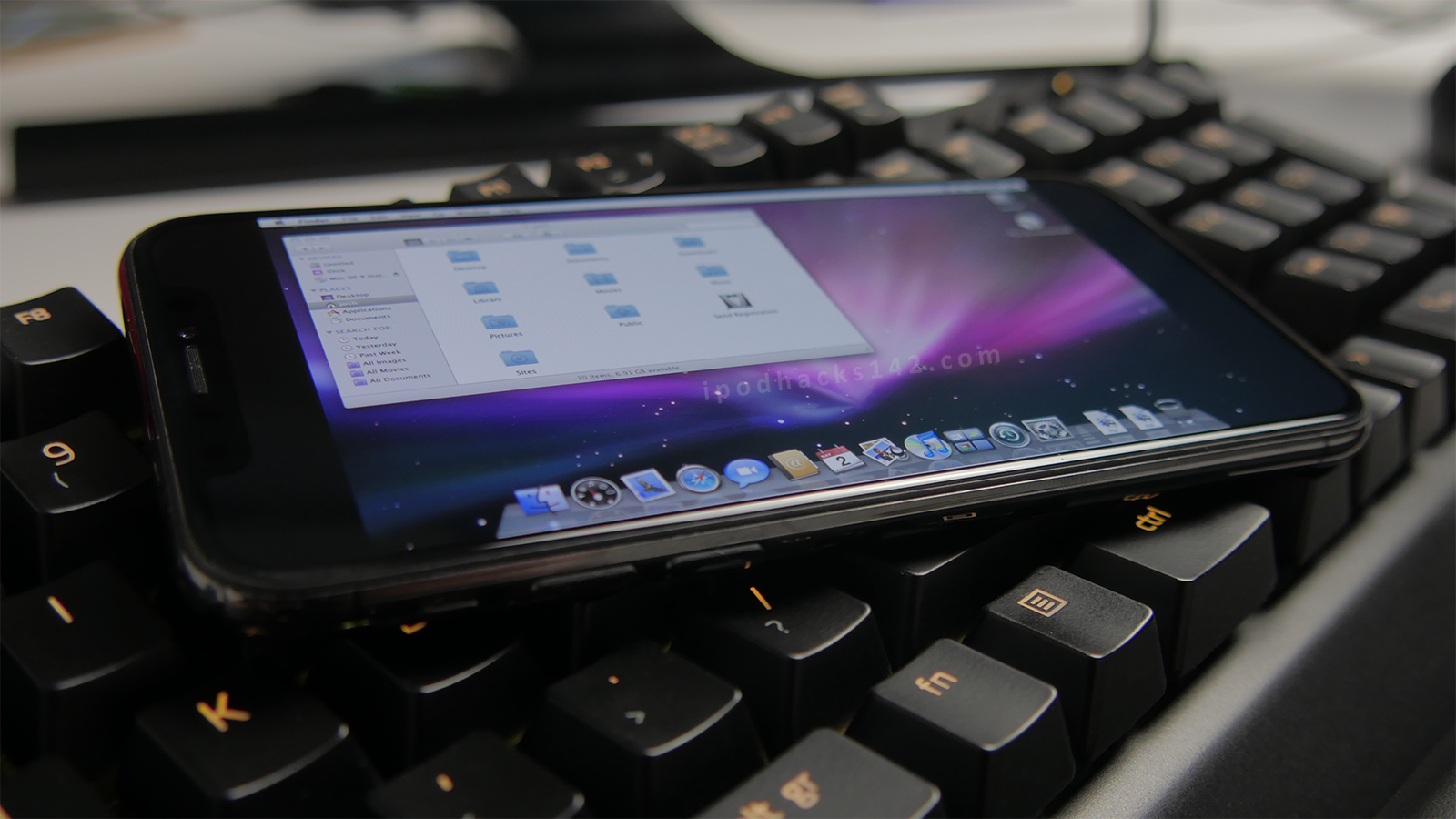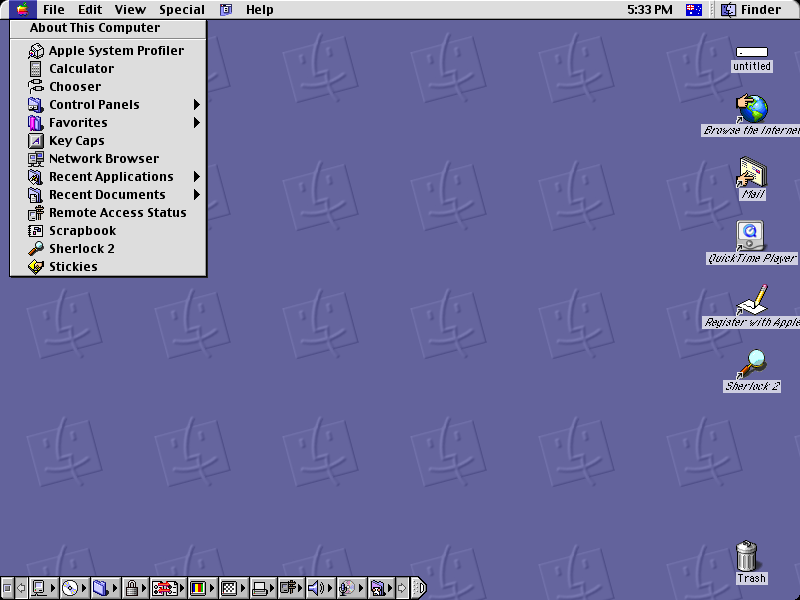
:no_upscale()/cdn.vox-cdn.com/uploads/chorus_image/image/67814021/Screen_Shot_2020_11_18_at_2.50.53_PM.0.png)

#Mac os x ios emulator install#
Follow the prompts to install Java SE 7 runtime.Once the download package has downloaded to your Mac, open the Downloads folder, and double-click the file you just downloaded.It will likely have an alternate name, such as Java for OS X. Follow the prompts to download Java SE 7 runtime. The Apple Support website opens in the Safari web browser.

Click More info to launch the Apple download site for Java SE 7 runtime. As Eclipse and Quantum Visualizer load, a dialog box displays informing you that Java SE 7 runtime is required.By default it is installed in the Applications folder. To download and install Java SE 7, do the following: You are prompted to install it when you first launch Quantum Visualizer.
#Mac os x ios emulator mac os#
#Mac os x ios emulator how to#
Configured Emulators in the XCode, Ensure that you launch the Emulator via Xcodeįor information on how to create emulators, see Apple documentation.Note: iOS-related code and applications can only be developed on a Mac OS computer. So, before you get started with using the emulators, you must first ensure that you have a few emulators configured in XCode. However, you can view the emulators on the system using XCode (emulators). You cannot create the emulators directly within Quantum Visualizer. You can now directly go to the last step of launching the app in an emulator to view the app in action. With this new capability to view the emulators within Visualizer, you can skip the process of creating a binary and installing it directly on the device/emulators. Previously, if you wanted to preview an app, you had to create a binary file, install it on a device, and then launch the application. When you open any project in Visualizer, you can view emulators from the Build menu. Starting with Quantum Visualizer V9 SP1 GA version, you can view the list of emulators within Visualizer and run your apps on the emulators directly from Visualizer. You are prompted to install these two resources the first time you launch Quantum Visualizer. You are here: Configuring Your Computer > Install platform SDKs and their emulators > iOS SDK and emulator iOS SDK and Emulatorīuilding and testing iOS applications in Quantum Visualizer requires two primary resources: Java SE 7 runtime, which is required by Eclipse, the hosting application of Quantum Visualizer and Xcode, the SDK for iOS and Mac OS.


 0 kommentar(er)
0 kommentar(er)
